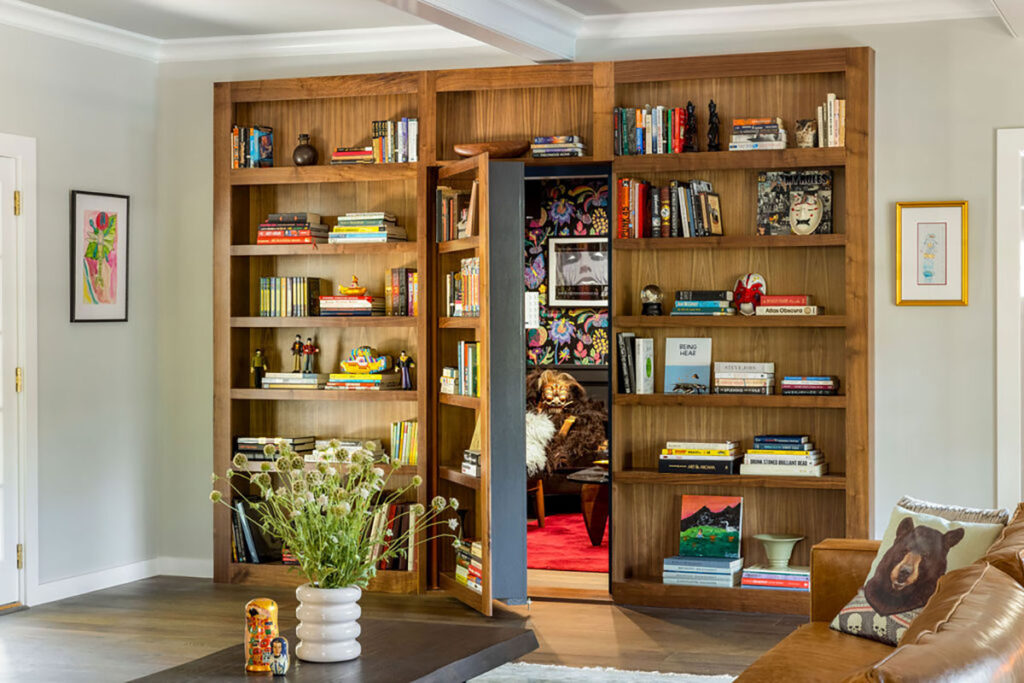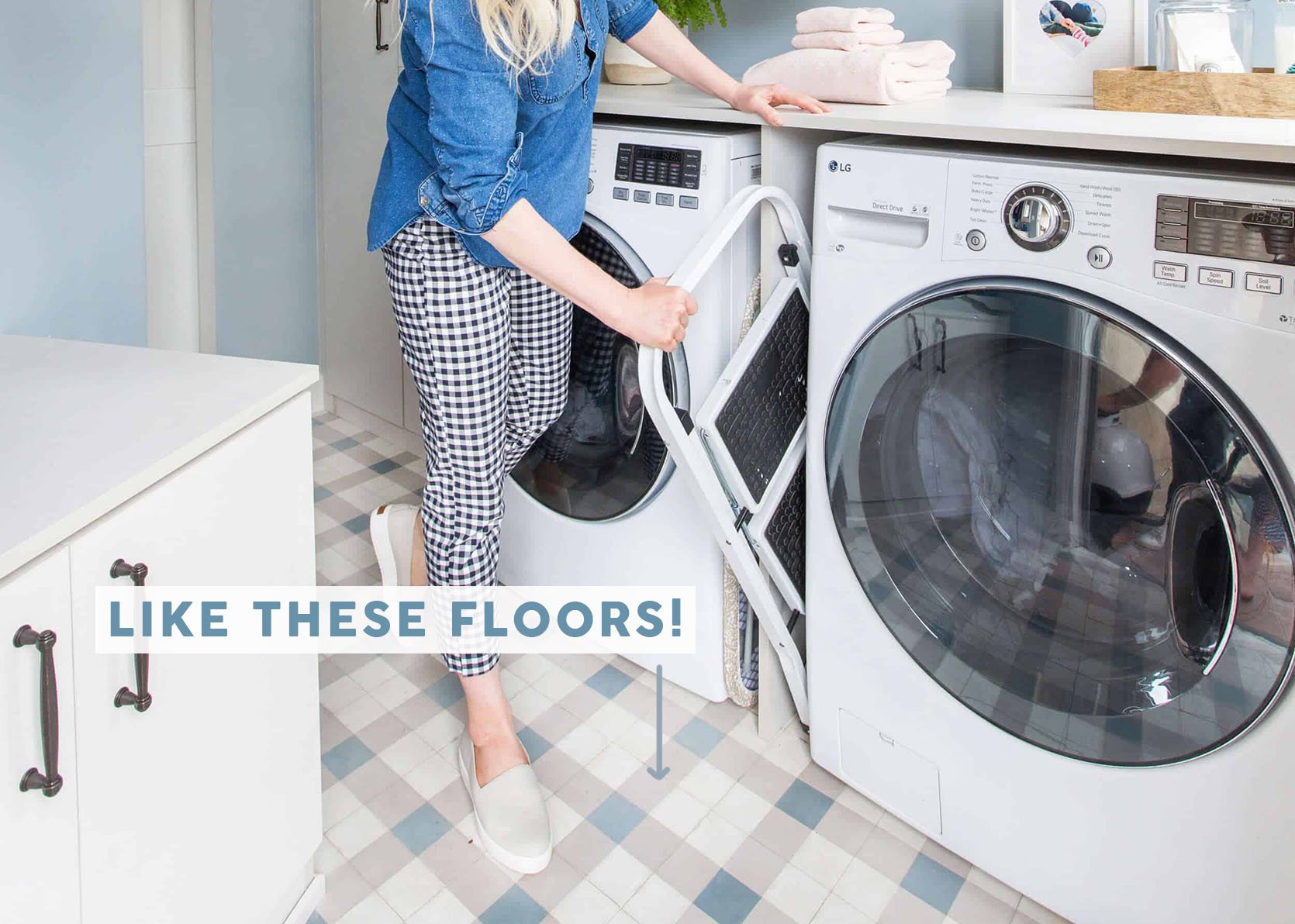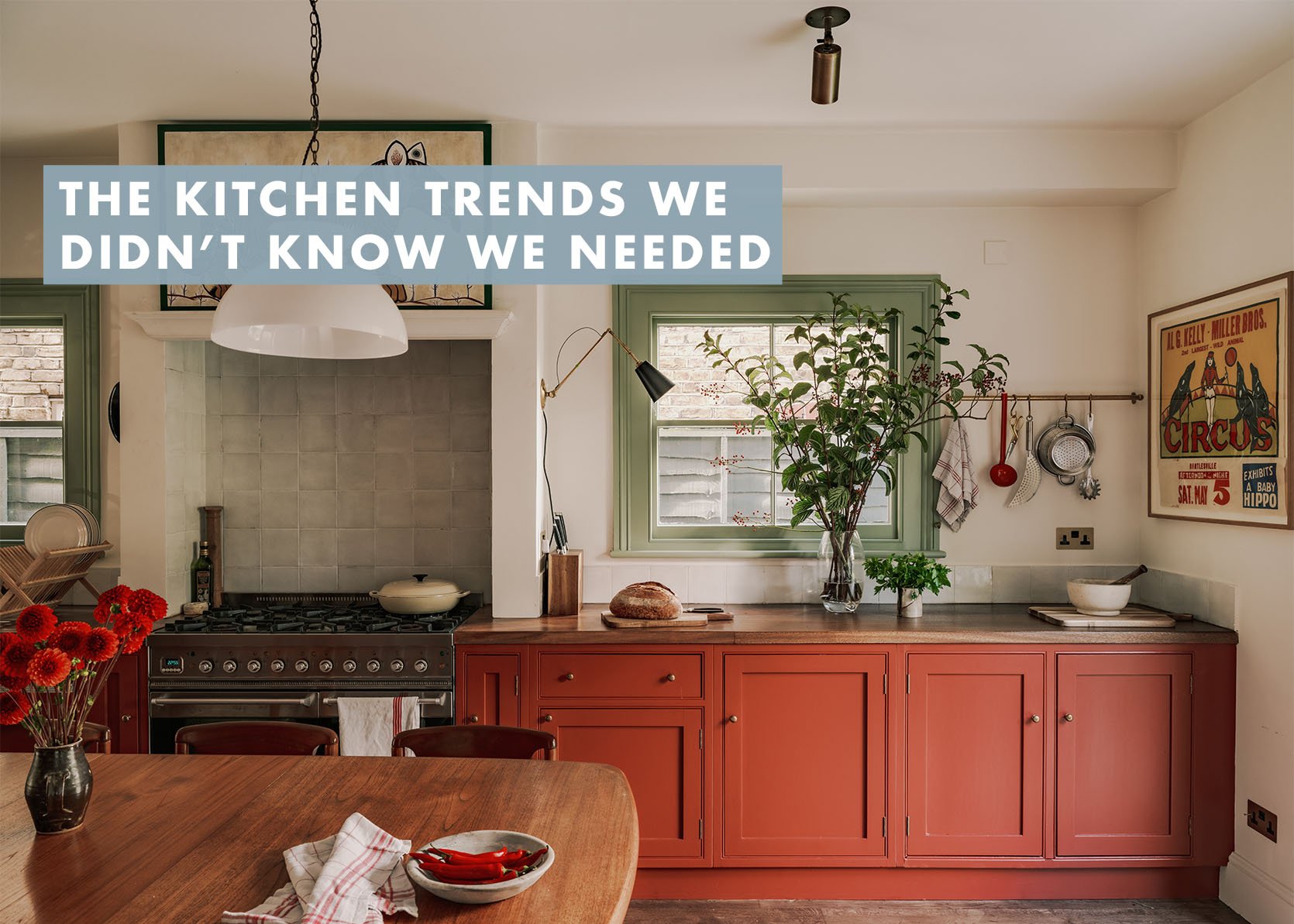In the interior design world, there’s no one way to make a statement. Some people go for the bold with dopamine decor or color-drenched spaces, while others pack on the patterns. But, believe it or not, the latest way to bring a bit of “wow” to a room is hiding in plain sight. Recently, a handful of interior designers have been making a statement with hidden doorways: While these areas look like standard walls, they open to reveal a completely different room. It’s a feature you’d clock in a haunted house, but this time? They have a high-design twist.
Vivian Johnson
For Clara Jung, principal of Banner Day Interiors in San Francisco, the concept brings a fantastical shock and awe to a home. “The element of whimsy and surprise is coveted and appreciated by all, not just kids,” she explains. “I believe tapping into that desire is a way to channel the fun in design.” While Los Angeles designer Jenn Feldman agrees—dubbing a hidden door a “wink in the room”—she argues it can also provide privacy, which is a rarity in today’s easily accessible, always Insta-ready world.
“As design trends lean more into personalization, these secret moments become an extension of a client’s way to have an efficient home without compromising beauty,” she says. “From a functional standpoint, it helps maintain visual flow, especially in spaces where utility rooms or storage areas exist but you don’t necessarily want to spotlight them.”

Amy Bartlam
Secret passageways might seem like something out of a storybook, but Feldman says it’s a great way to beautify a purely practical place. In fact, she cleverly incorporated this trend in her own dining room. “I was faced with the challenge of no symmetry and a huge need for storage,” she explains. “I wanted the room to stay regal and formal and not lose the function of closed storage.”
She ordered a custom jib door—a style that’s flush-mounted into the wall—for a barely-there look. Though jib doors might be the go-to way to get the look at home, you can pick up a bookcase door from Wayfair or Home Depot. (Custom might give your space a personalized flair, but in the wise words of Ina Garten, store-bought is fine.)

Vivian Johnson
Feldman might prefer a practicality-first approach to the hidden door trend, but Jung says there’s plenty of room for fun. When the Bay Area designer was confronted with a huge open room that served no purpose, she decided to close it in and make a hidden library door on the living room side. “It made the room much more functional and, dare I say, magical,” she shares. Since her clients were huge audiophiles, transforming this spare, secretive space into a listening room was a no-brainer. Psychedelic wallpaper, eye-catching art, and a designated seating area hid inside—giving this property a surprise, jewel-box moment.
Regardless of its use, always prioritize the element of surprise. “It should be located in a discreet place that makes sense in terms of both function and design,” Jung explains. “A hallway bookcase for example or a cabinet door leading to a secondary butler’s pantry would be ideal, but placing a hidden door where one would expect a door to be kind of defeats the purpose.”

Amy Bartlam
She also recommends keeping tabs of measurements and the door’s inswing. “Since hidden doors usually mean that the door swings in, you want to ensure that the core purpose of the room can still work,” she explains. And while it’s best to hire a professional to do the heavy lifting—installing a jib door isn’t exactly for a DIY novice—you can have some major say in disguising your door.
“Work with your designer to plan out wall treatments—paneling, cabinetry, or wallpaper—that can help camouflage the area,” Feldman says. “You’ll want to coordinate millwork and hardware from the start; retrofitting rarely delivers the same seamless result.”
As for what to place on the other side of the door? Well, that’s the magic of the secret passageway: Its destination is entirely up to you.



